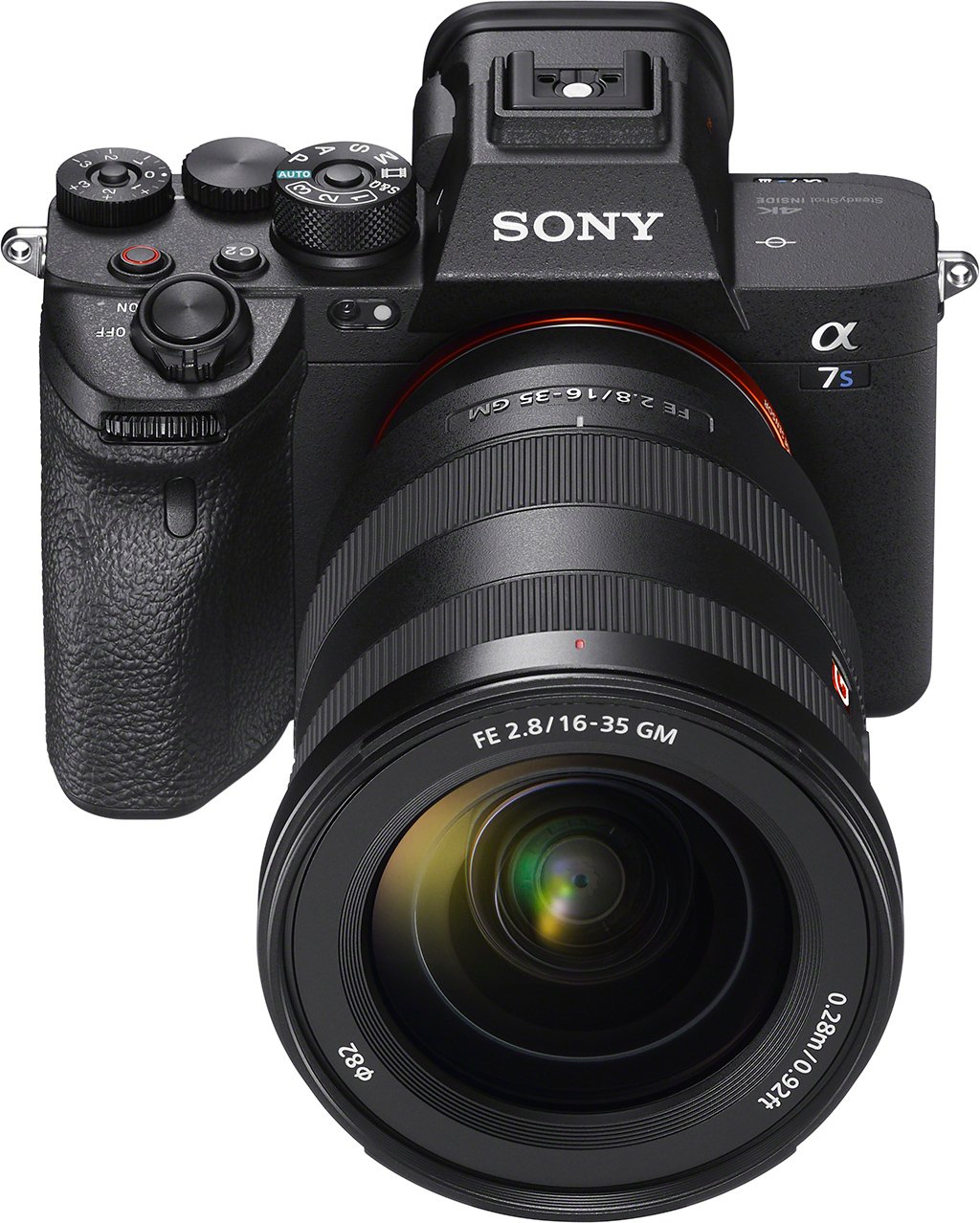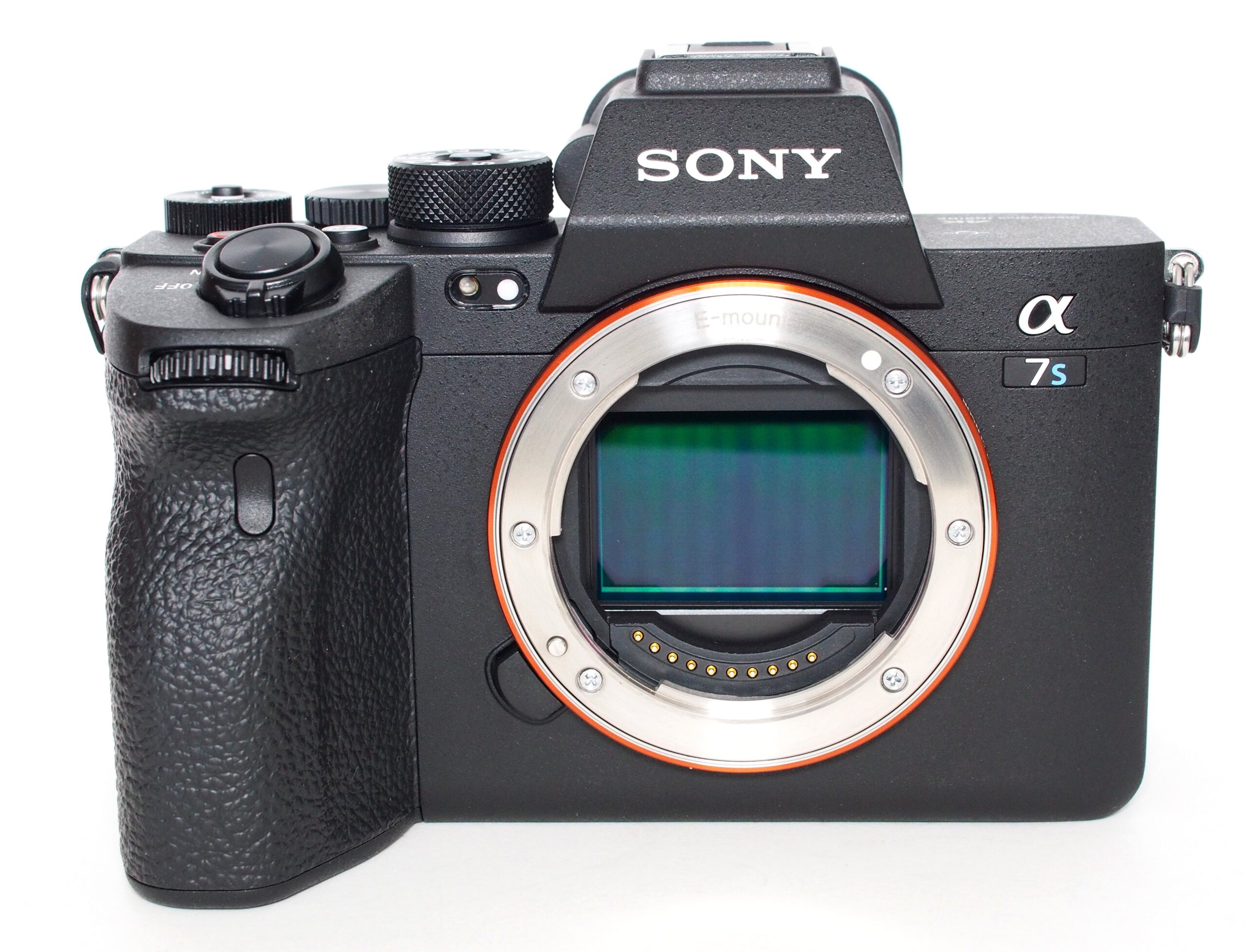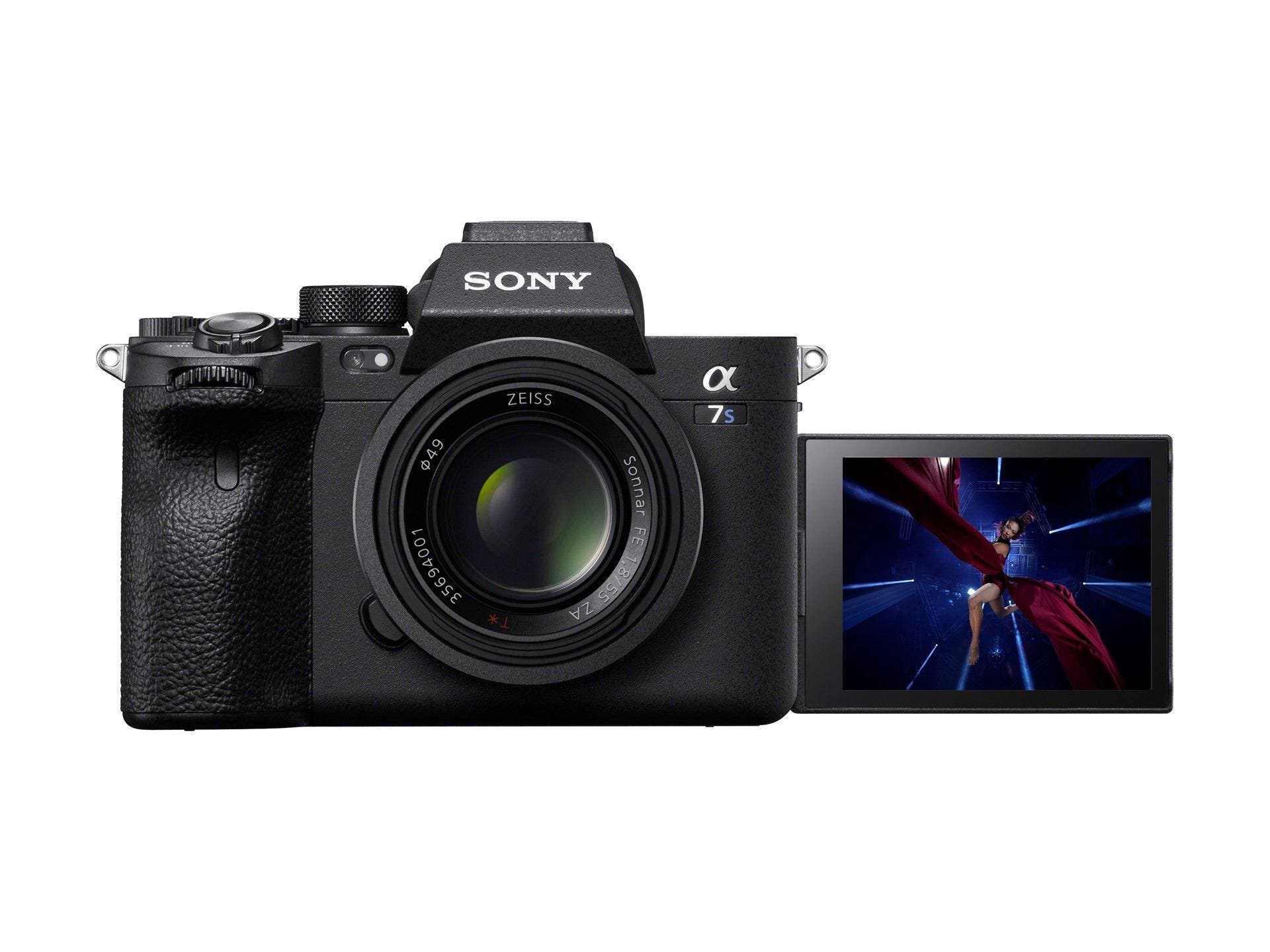The King of Darkness Returns: A Deep Dive into the Sony a7S III

For years, the Sony a7S II was the undisputed champion of low-light video, a legendary tool for filmmakers who painted with shadows. Its successor was the subject of endless speculation, a near-mythical device that had to meet monumental expectations. Now, the Sony a7S III is here, and it’s not just an update; it’s a fundamental redesign of what a video-centric mirrorless camera can be. It forgoes the megapixel race entirely, doubling down on its core mission: to deliver the cleanest, most versatile 4K video imaginable, no matter how dark the scene.
Performance: The Low-Light Legend, Redefined
At the heart of the a7S III is a “mere” 12.1-megapixel full-frame sensor. In an era of 45 and 60-megapixel behemoths, this seems like a step backward, but it’s the camera’s single greatest strength. Fewer pixels on a large sensor mean each pixel is significantly larger, allowing it to gather an extraordinary amount of light. The result is breathtaking low-light performance. Pushing the ISO into five-digit territory yields footage that is not just usable, but clean, with rich color and minimal noise.

Paired with the new BIONZ XR processor, this sensor enables a spec sheet that videographers dream of. It captures 4K video at up to 120 frames per second, internally, with 10-bit 4:2:2 color depth. This isn’t just a marketing bullet point; it translates to incredible flexibility in post-production for color grading and pushing creative looks. Crucially, Sony has seemingly solved the overheating issues that plague its competitors. You can record for over an hour in 4K/60p without the camera breaking a sweat, a feat of engineering that makes it a truly reliable tool for professional work.

Design and Handling: Function Over Form
Sony has finally listened to user feedback. The a7S III inherits the newer, more robust body of the a7R IV, which means a much deeper, more comfortable grip that makes a world of difference when using larger cinema lenses. The buttons and dials feel more tactile and responsive, and the overall build feels ready for the rigors of a professional set.
The most significant ergonomic upgrade, however, is the screen. For the first time in the a7S line, we have a fully articulating, vari-angle touchscreen. This is a game-changer for videographers, allowing for easy monitoring from any angle, whether shooting low to the ground, high overhead, or filming yourself. Sony has also completely overhauled its notoriously convoluted menu system. While still dense with options, the new touch-enabled, logically structured layout is a massive leap forward in usability.

Features That Matter: Autofocus and Media
The autofocus system is, simply put, spectacular. It brings Sony’s best-in-class Real-time Eye AF and tracking to video, and it works flawlessly. The camera locks onto a subject’s eye and refuses to let go, smoothly tracking them through the frame even at wide apertures. This feature alone elevates the camera from a great tool to an indispensable one for solo creators, documentarians, and wedding videographers.
The camera also introduces dual hybrid card slots, a clever and forward-thinking choice. Each slot can accept either a standard UHS-II SD card or the new, faster CFexpress Type A cards. While you can record most formats to high-speed SD cards, the most demanding modes (like 4K/120p in the highest quality) require the CFexpress media. This offers flexibility but also introduces the added expense of a new, currently niche memory card format.
The Value Proposition: A Specialist’s Tool
The Sony a7S III is not a camera for everyone, and its price reflects that. It is a highly specialized instrument designed for a specific purpose. If you are a stills photographer who occasionally shoots video, its 12MP resolution will feel limiting for large prints or aggressive cropping. You would be better served by a higher-resolution hybrid like the Sony a7 IV or Canon R5.
However, if you are a dedicated videographer, a filmmaker, or a hybrid creator who prioritizes video quality and reliability above all else, the a7S III is arguably one of the best investments you can make. It’s a workhorse camera that delivers on its promises without compromise. It doesn’t try to win the spec-sheet war with 8K resolution; instead, it perfects the 4K workflow, providing a stable, reliable, and stunningly capable tool that simply gets the job done.
Final Verdict
The Sony a7S III is a masterclass in focused product design. It understands its audience intimately and delivers a feature set perfectly tailored to their needs. By resisting the temptation to be a “do-everything” camera, it achieves near-perfection in its chosen field. For professional videographers, low-light specialists, and content creators who demand the absolute best in 4K video performance and autofocus, the a7S III isn’t just a great option—it’s the new standard.
Where to Buy:
Sony a7S III Quick Summary
Key Scores:
- Value: 89%
- Design: 94%
- Performance: 94%
- Quality: 93%
- Popularity: 94%
Top Pros
- ✅ Class-leading low-light performance sets a new industry benchmark.
- ✅ Reliable 4K/120p video recording has no overheating issues.
- ✅ The autofocus system provides incredibly fast and sticky tracking.
- …
Key Cons
- ❌ The 12-megapixel sensor limits detailed still photography potential.
- ❌ Expensive CFexpress Type A memory cards are almost mandatory.
- ❌ Its premium price point is a considerable financial investment.

















